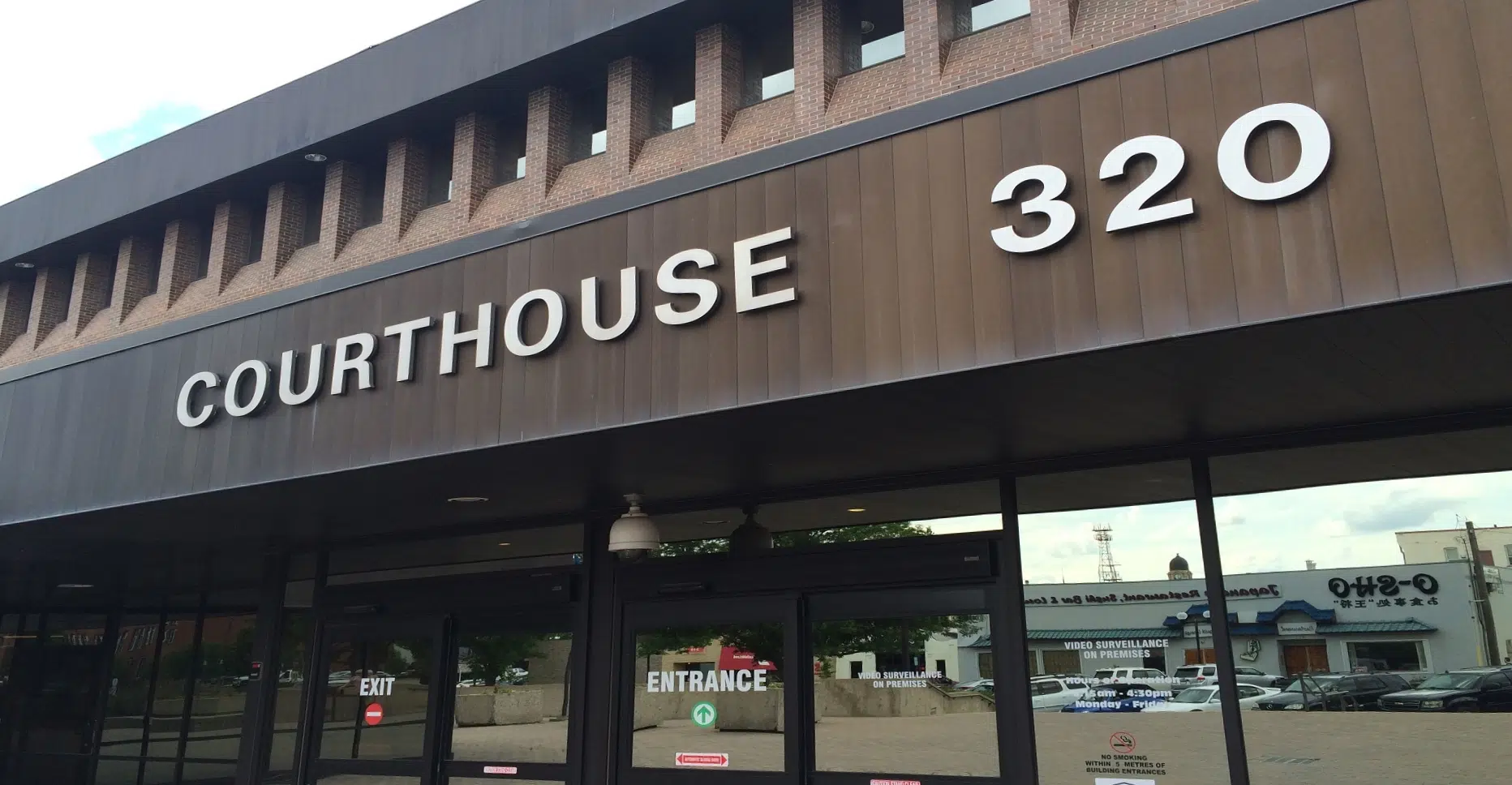
Demystifying Gladue: Part 1
ALBERTA – “There’s not a full understanding, and when something’s not fully understood, people would make the assumption of what it is.”
Ashley Prairie Chicken made those comments to Lethbridge News Now, addressing the heart of the issue that prompted our newsroom to reach out to him.
Prairie Chicken is a Gladue report writer. He meets with Indigenous offenders following a criminal conviction and works with them to identify some of the factors that led them to where they are now, and how they can begin to move forward. He then prepares a report that is presented to the court, the Crown prosecutor and the defence, which provides insights that can be used in sentencing and rehabilitation.
Increasingly it seems, social media comments expressing confusion, frustration or anger – sometimes all three at the same time – are being posted in response to LNN stories that involve Indigenous suspects or offenders, especially when there is a reference made to a Gladue report being ordered for that individual. For that reason, we decided to take a detailed look at Gladue sentencing principles in two parts, the first of which you are reading now.


